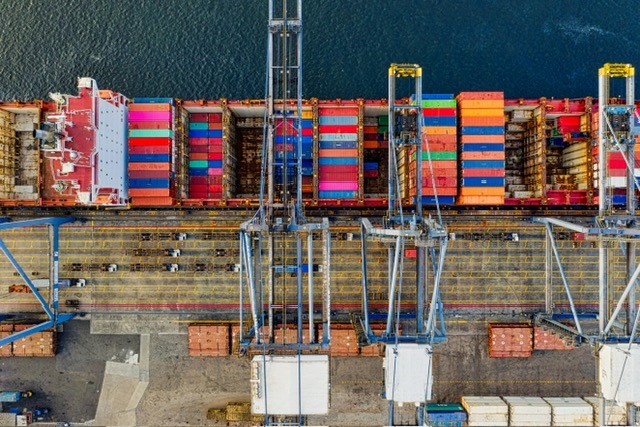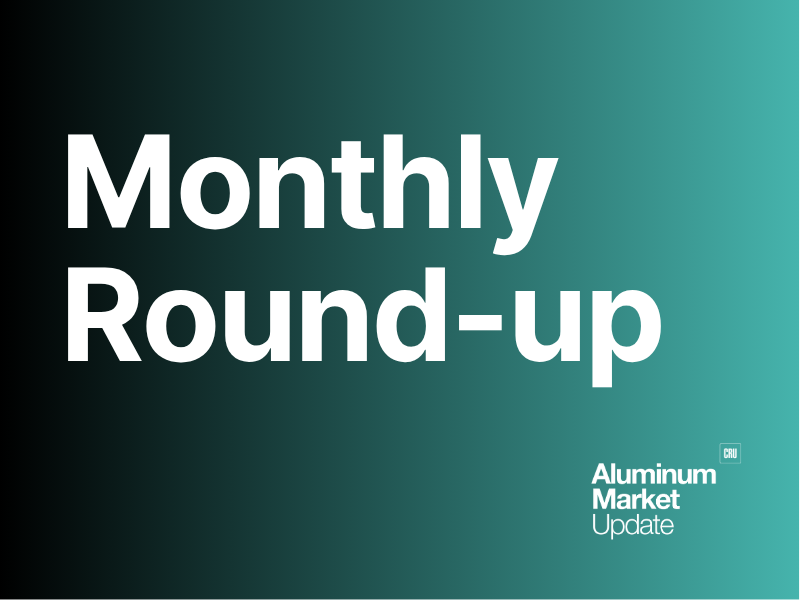Growth Markets

May 29, 2025
West Coast port congestion
Written by Greg Wittbecker
The 90 day pause in tariffs on China has led to a massive rising in container movements across the Pacific to the U.S. West Coast. We discussed rates last week. Now let’s talk about congestion.
Intuitively, it is tempting to say, “what’s the problem, the volume is only moving back to pre-tariff levels, these ports were built for this kind of volume.”
The answer is yes and no. It is true that the Ports of Long Beach and Los Angeles were designed for big volume.
The Port of Long Beach handled 817,457 TEU (twenty-foot equivalent units) in March 2024. That was a 25% increase year on year, with imported TEU representing 380,562.
Concerns about congestion arise because importers were frantic to get cargo into the U.S. before the 90-day tariff pause ended.
Prior to the advent of the China tariff turmoil, shippers from China were moving cargo to a host of U.S. ports, including the U.S. Gulf and Eastern Seaboard. This was partially in response to previous problems with congestion in Long Beach and Los Angeles.
However, given the narrow window of time to 1. catch up on the gap in shipments during late April/May and 2. a desire to make sure their Christmas shipments got into before higher tariffs resume. shippers were concentrating their shipments into the West Coast to insure they got cargo in before the expiration of the tariff pause.
This is leading to congestion on both sides of the Pacific.
According to Drewry Container Capacity Insight, the number of ships waiting at Shenzhen in South China rose from 17 to 31 between weeks 16 and 20, and the waiting time for the Los Angeles/Long Beach port complex went from 17 to 42.
Industry experts suggest the spike in shipments will calm down and that the West Coast will be able to handle the volume.
What happens next now that the tariffs are ruled illegal?
It’s easy to jump to the conclusion that the court rulings on the tariffs eliminate the angst on higher tariffs for U.S. imports. This battle is not over. The Trump Administration has already appealed the initial ruling, and this will end up at the Supreme Court. One would expect this to be fast tracked for a heading given the gravity of the issue. We doubt shippers are going to back off the throttle thinking “tariff crisis averted.”
Instead, shipments from China for the Christmas surge will continue. This is normally a July-September push anyway. All that’s happened is that it has accelerated the peak shipping season by one month.
Why it matters
The congestion issue looks to solve itself quickly once the ports get back to their higher volume rhythm of performance.
We would not expect this to impact imports of primary aluminum. Imports of semi-fabricated and fabricated aluminum should also get through. It is worth noting that the rulings on the Administration broad use of tariffs did NOT include Section 232. The 25% duties on aluminum persist. However, there were lingering concerns about reciprocal tariffs being stackable on top of Section 232, especially in the case of Mexico, where compliance with USMCA rules of origin left many importers wondering if the IEEPA 25% duty still be slapped on top of Section 232.
The bigger question is – will OEM importers of aluminum products look at this as a blessing and an opportunity to resume even higher imports. Offshore imports that are produced with non-tariffed primary aluminum and recycled content could conceivably still come to the States and be competitive, even paying the 25% duty on a semi or fully fabricated production.
Rather than assume “business as usual” in the pre-tariff era, we suspect OEM will remain on the hunt for import bargains as a hedge against a Supreme Court ruling that could reinstate the Administration’s reciprocal tariffs.







